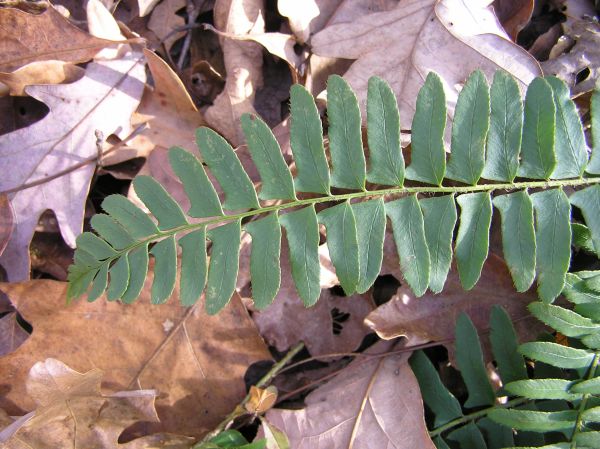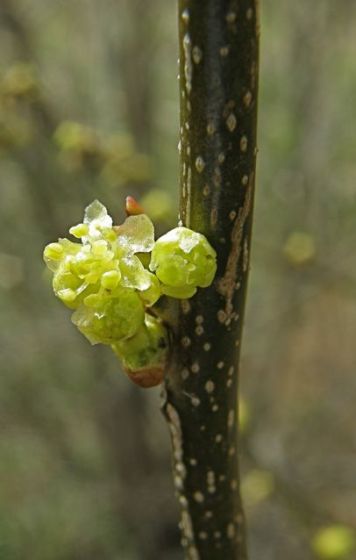 Here’s a flower that’s one of the first signs of spring in Pennsylvania’s woods and it’s blooming right now.
Here’s a flower that’s one of the first signs of spring in Pennsylvania’s woods and it’s blooming right now.
Northern spicebush (Lindera benzoin) is a native shrub, 6-12 feet tall, that grows in moist locations in woods, valleys and along streams.
In March and early April its small yellow flowers bloom, clustered on the stems before the leaves emerge. There are so many flowers that the bushes look showy in our otherwise brown landscape. Don’t be fooled by this close-up, though. The flowers are quite tiny.
Spicebush is the host plant for the Spicebush Swallowtail, a beautiful butterfly whose caterpillar form looks funny with a huge, fake face “painted” on its back. You can find these caterpillars eating spicebush leaves in the summer. (Click here to see.)
By fall the flowers have become small red berries, called drupes, which provide good food for birds. Robins and catbirds are particularly fond of them.
When you’re out in the woods, look for spicebush. You can identify it by smell — that’s how it got its name. Just run your fingernail along the bark and smell it’s spicy, aromatic scent.
(photo by Marcy Cunkelman)
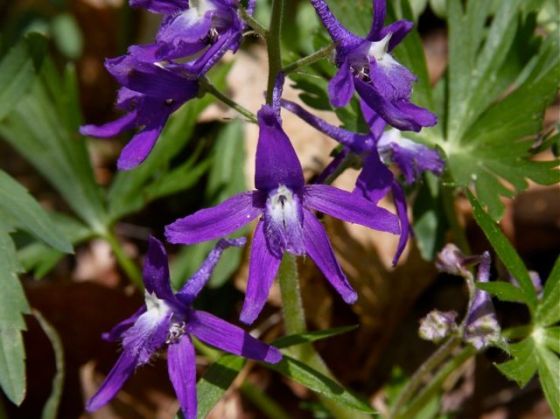
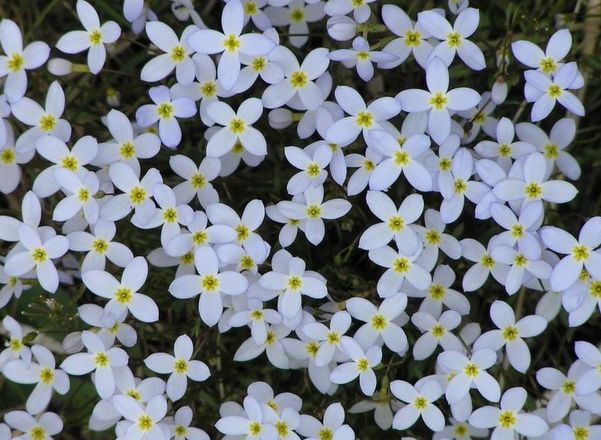
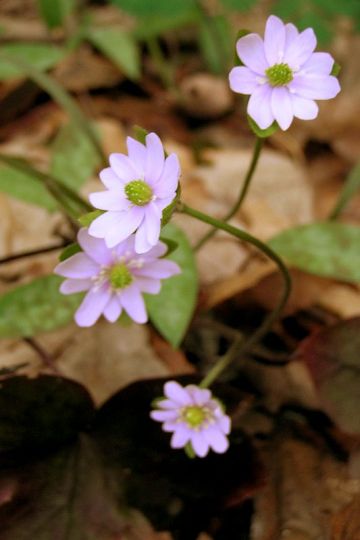
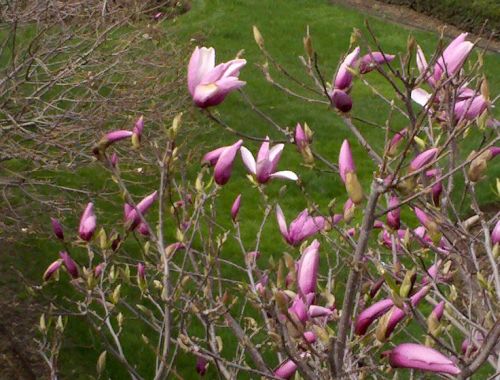
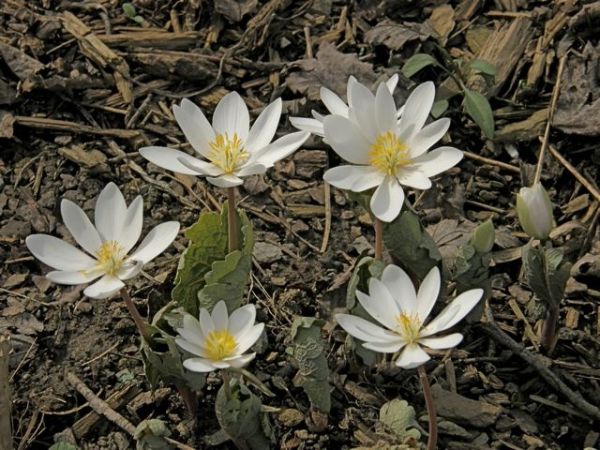

 Here’s a flower that’s one of the first signs of spring in Pennsylvania’s woods and it’s blooming right now.
Here’s a flower that’s one of the first signs of spring in Pennsylvania’s woods and it’s blooming right now.
